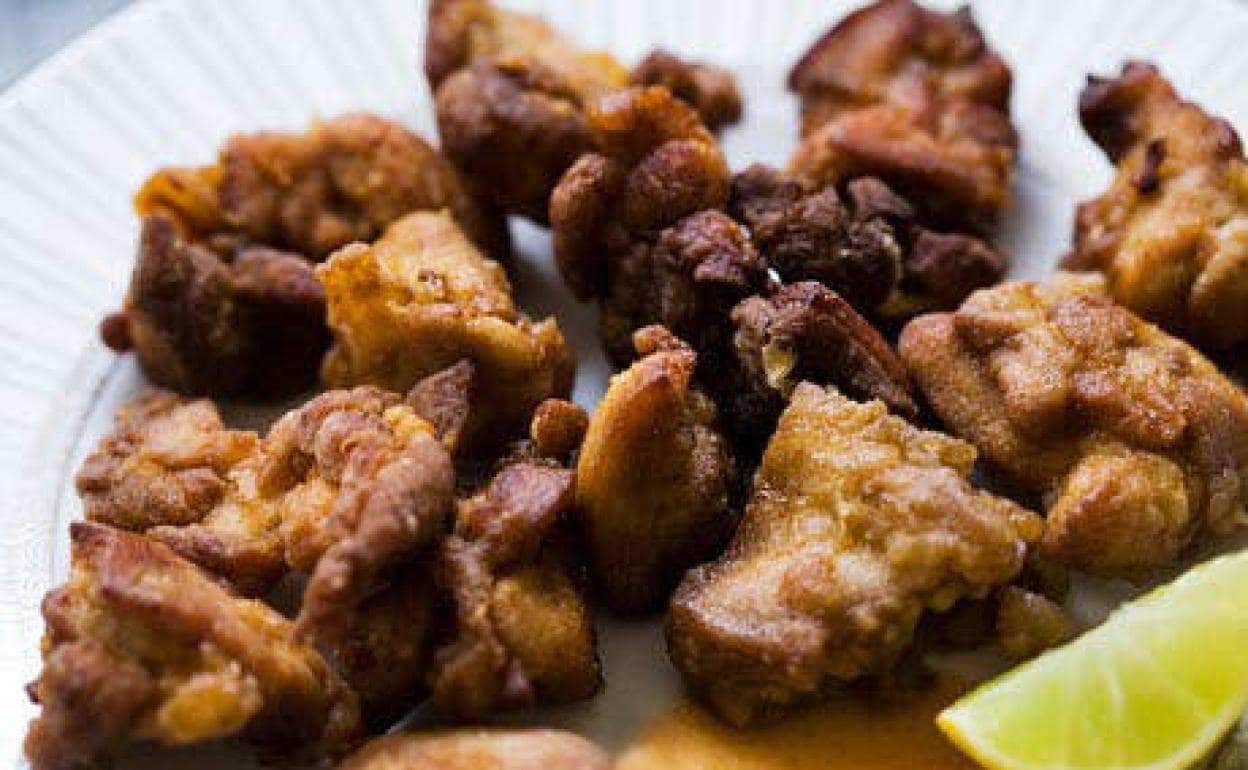Pork scratchings
Andrew J. Linn
Friday, 9 December 2022, 12:49
What the British know as pork scratchings are referred to in Spain as torreznos, and at least one region has declared them ‘national treasures’. But even searching hard does not answer the question of who invented them and when.
As the traditional English adage goes, every part of the pig is edible except the snout and the trotters, though in Spain both of these are considered delicacies. And the skin?
Many families kept a pig for fattening, and since it was the only available protein source, it was important not to waste a scrap.
The skin was fried and cut into strips, providing a protein bomb that suits diets like the Hay and the paleo.
Apparently, this tasty delicacy is enjoying a renaissance, and what used to be sold by butchers in paper cones can be found hygienically packaged in every supermarket. But the greasy and fat-laden chicharrones that are displayed alongside steaks, legs of lamb, chickens and rabbits in the local market are the real thing.
Soria claims to be Spain’s original source and torreznos are named after the toasting process, torrére, which comes from the Latin.
Britain’s Black Country butchers were selling pork scratchings in the 1930s. They were called crackling and could be bought hot or warm.
They are called chicharrones in Mexico, Spain, and Colombia; scrunchions in Newfoundland; and khaep mu in Thailand.
In France’s Ardennes region they are mixed with potatoes and herbs.
Most surprising of all, in the last year or so gourmet chefs have adopted them as star ingredients of a number of dishes.
